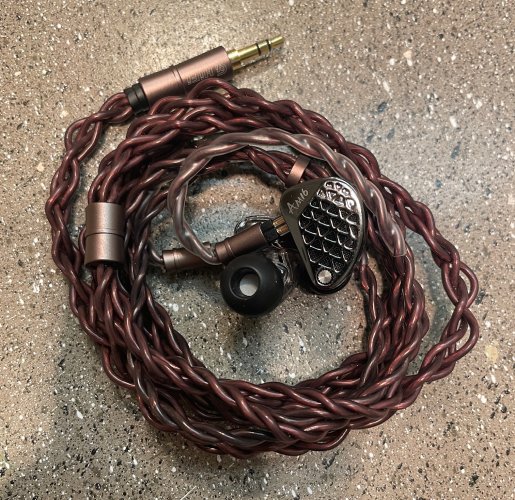For starters, I do wish reviewers were more consistent in their reference material to review and compare staging. Live acoustic performances are really the only thing that count: could be chamber, opera, choral, jazz, orchestra, big band, a folk ensemble - genre doesn't matter as long as there were two mics and the event was recorded in stereo. Live instruments and voices have complete information - there is nothing between them and the microphone except the atmosphere, and hopefully the final mix doesn't EQ or filter too much information out of the track. The point is - find one, maybe two reference tracks and tell the reader what they are. There isn't a whole lot of point waxing poetically about how the staging is for rock / pop / EDM.
Secondly, does this help adjacent technical qualities like imaging and separation? Or does it just sound like an enhanced stereo effect? Do we really want our music to sound like it's been filtered through a reverb plugin in a DAW? I don't. Again, that's just sound coloration.
Third: does it offer anything over DSP based effects? As for some free software - Windows users can checkout FXSound. It's open source and been around a long time. After installation, find the "surround sound" slider and move it over a few notches. You can hear how the playback is affected when the stereo channels are cross-fed in subtle ways. Now - Does the BC driver sound better / equivalent / worse? What happens when you play a Dolby Atmos track?
https://github.com/fxsound2/fxsound-app
----------
Most everything about sound stage is already embedded in a recording and those decisions have already been made for you by the recording and mixing engineer(s). If a track sounds dry and narrow, a pair of headphones shouldn't make it sound "expansive", "3D", or "holographic". If it does, I maintain that this is just sound coloration.
Particularly with IEM there just isn't a lot of wiggle room here to increase
or decrease staging. What sounds boring and average is in fact accurate. I'm listening to Bach here with a cheap set of single DDs and the staging sounds great. First, because it's an excellent recording, and secondly because DLC based diaphragms tend to be reasonably snappy and bright on the top end. Provided that the tuning doesn't kill the higher order harmonic overtones, an average pair of IEM should all basically render the track in the pretty much the same way.
https://music.amazon.fr/albums/B0D37ZCMMF?trackAsin=B0D37S4NWZ&ref=dm_sh_8220-250f-cb89-ef11-5892e
If you want to "see" what you hear on some of these things, watch this YT video - also from Bach's BWV 43.
Note the vocalist's mic. Front and center. Note the audio direction: split pretty evenly into both channels. Now look at how mics are positioned in front of the performers ... you're not hearing this from the perspective of an audience member, you're hearing what the mix engineer wants you to hear. There is some small amount of reverb coming from the venue back into the mics and it's a lovely sound, but it's not overdone, either.




































